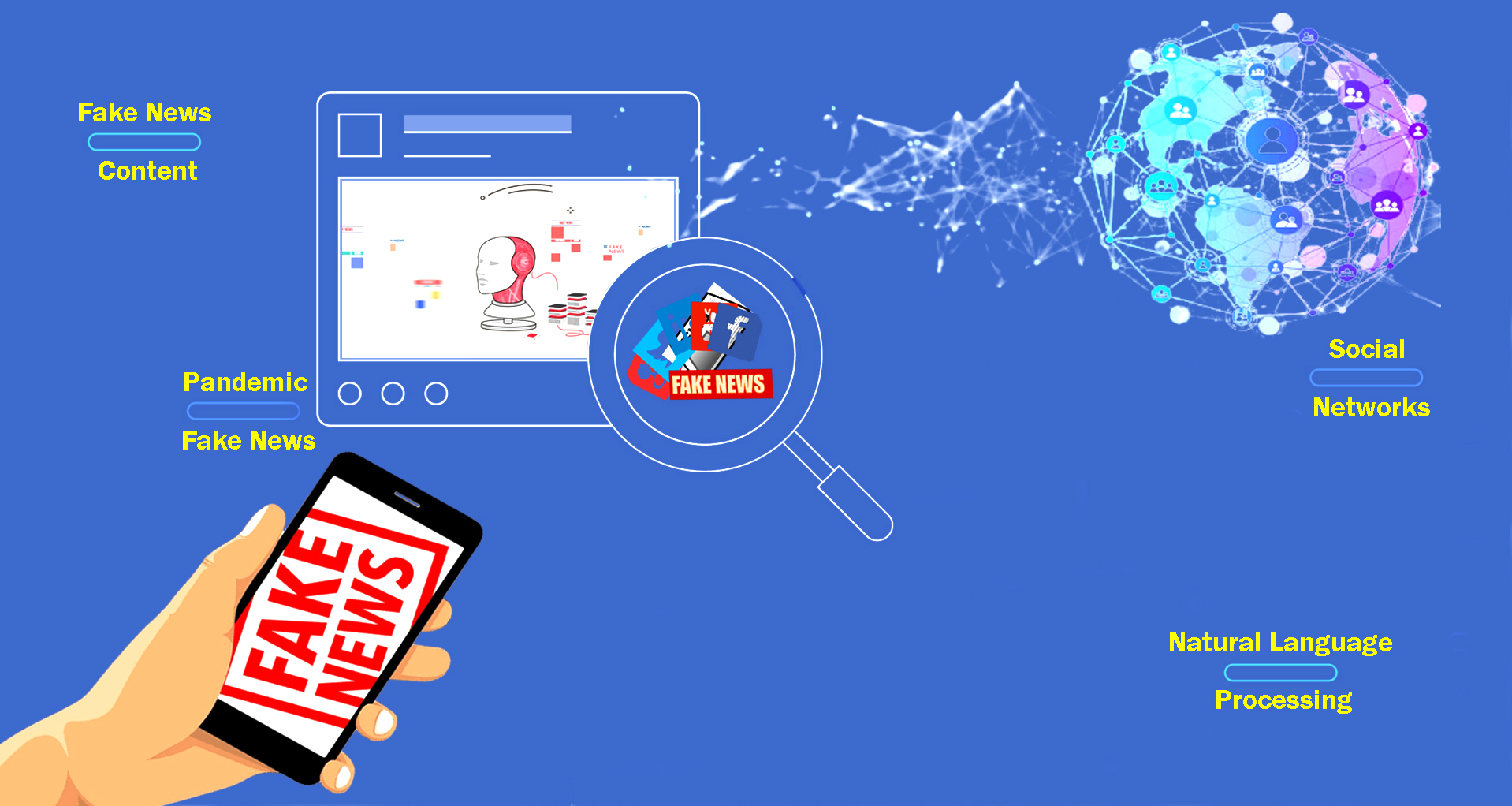In a digital society, communication tools such as messaging platforms have emerged as primary channels for news sharing and media consumption. One of these platforms, WhatsApp Web is very important because it has an enormous user base in the whole world. And although it is a powerful tool for staying in touch, it has also become a platform for spreading misinformation. This article explores, covers case studies and provides recommendations for fighting against and reducing misinformation. In addition, we discuss how WA Web can be an important factor in raising awareness and reducing misinformation.
WhatsApp Web as a Communication Powerhouse
WhatsApp Web is a handy extension of the mobile app for accessing the user’s chat history on a computer. It has made communication much faster and more easy, especially for businesses and professional teams. But it’s easy to use and very fast at spreading misinformation. Anyone with Wa Web can send a message to a group or broadcast list in a few clicks — sometimes without even looking at the source of the message. This is one of the reasons misinformation spreads so quickly.
Case Study 1: Health Misinformation During the Pandemic
One of the most well known examples of falsifying information shared through WhatsApp (WeB) and its mobile counterpart was during the COVID-19 pandemic. This included false messages of miracle cures, fake statistics and conspiracy theories. In India and Brazil, for example, panic buying and self-medication were frequent (and dangerous) behaviors. Because many people use Wa for Web-based communication, they share these messages from their computers at the office in order to spread them even more widely across professional circles and communities.
Case Study 2: Political Propaganda
Other large use cases for WhatsApp Web have been politics. During election campaigns in the United States, Russia, Ukraine and Iran some campaign teams actively circulated fake news messages containing manipulated videos and images and outright propaganda to influence voters’ behavior. WA Web made it easier for campaign teams to coordinate disinformation campaigns at scale and distribute disinformation to multiple audiences simultaneously.
The Psychology Behind Misinformation Sharing
People like to forward information to their friends and family on WhatsApp Web for many different reasons: an alert to loved ones that something is in danger, to be part of a community or, more likely, simply because the notification triggers an emotional response. Wa Web may help these intentions because it offers a bigger screen more room for users to read, edit, and share content better than the smaller device (it’s harder to weed out false info with a smartphone).
Solutions to Curb Misinformation
1. Education and Digital Literacy
But one of the most promising ways to do that is to put a stop to false information spreading: people should learn how to check the facts before they trust news about WhatsApp (Web) or any other service. Governments, schools and NGOs should run campaigns to teach critical thinking and digital literacy.
2. Technical Solutions
Meta, the parent company of whatsapp, has already included measures to limit the forwarding of messages and label incoming messages that can be selectively forwarded, both of which have applied to Wa Web, and are likely to help reduce the spread of viral hoaxes.
3. Fact-Checking Partnerships
It is possible to implement collaborations with fact-checking organizations in WhatsApp Web, so that users can quickly verify suspicious messages. For example one could right-click a message on Wa Web and check if it has been flagged as false.
4. Community Reporting
Encouraging users to report false information through Whatsapp Web also contributes to surface of damaging content for platform moderators and community-driven moderation can be an efficient mechanism to combat false information in groups chats.
Businesses and Professionals: A Responsibility
Also businesses using Wa Web as a customer communication platform should take responsibility for sending unsubstantiated or promotional messages that include false advertising. Organizations will have to train their staff how to use WhatsApp Web responsibly and to not spread misinformation.
The Future of Wa Web and Information Integrity
As Wa Web continues to evolve we can expect more AI-driven solutions that alert people to misinformation in real time. Such natural language processing solutions could warn them before they share any suspicious link or picture. With technology and user education, we could set up a healthier digital environment where WhatsApp Web continues to be a platform for productive and trustworthy communication.
Conclusion
Misinformation is a global problem, and platforms like WhatsApp Web and Wa Web are at the core of it. Case studies from health crises and elections demonstrate how harmful information received can affect real lives. However, with some combination of education, technology and community-based initiatives, we have the ability to control the epidemic. Users must shoulder responsibility and ensure that information they pass on is factually correct, while platforms should continuously innovate to detect and block harmful content. If used with due diligence, WhatsApp Web can remain a bridge between people instead of an enemy.





